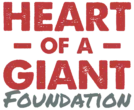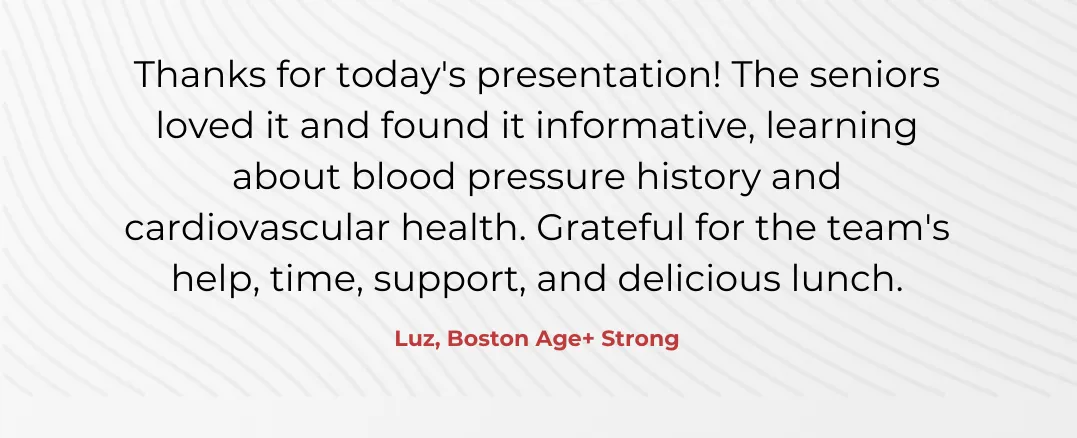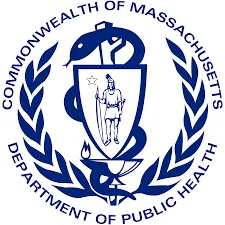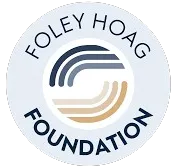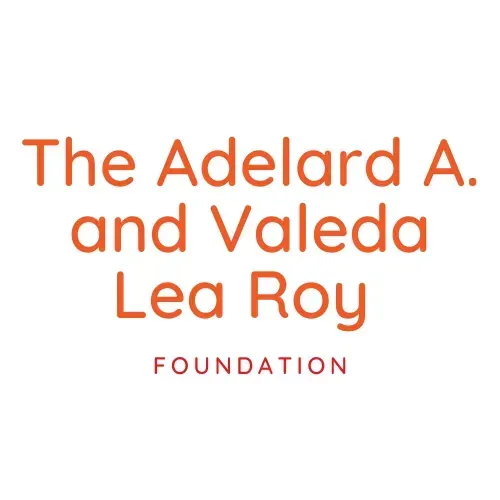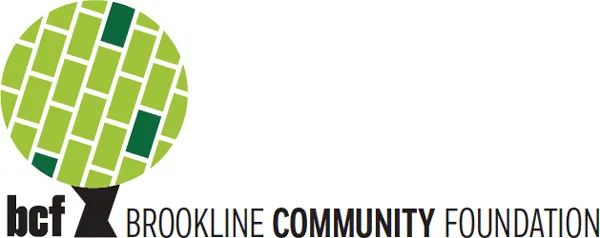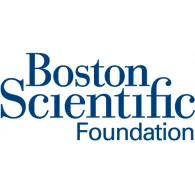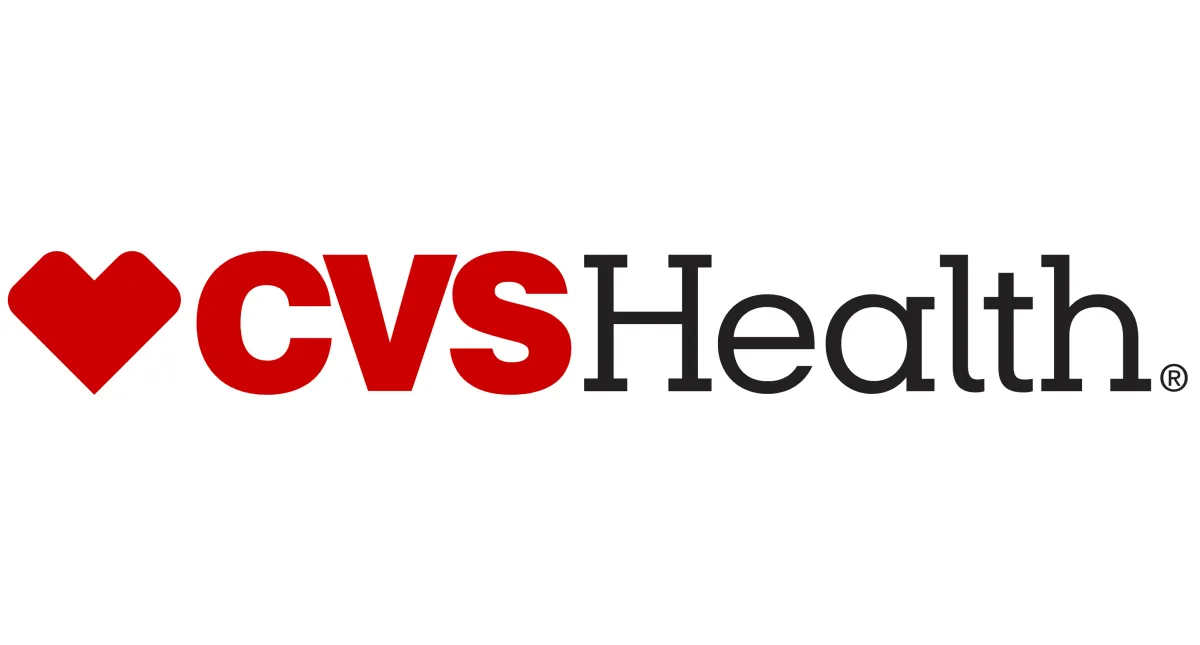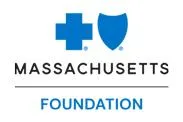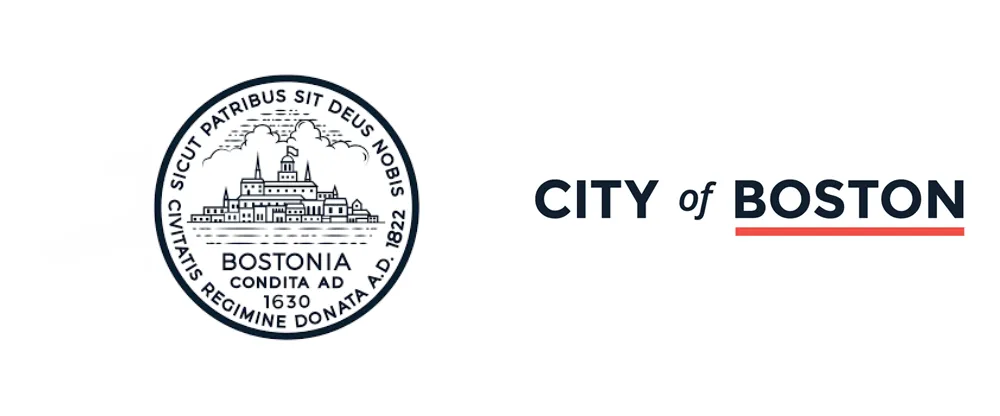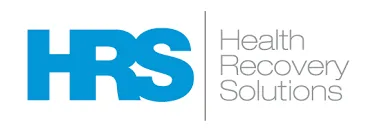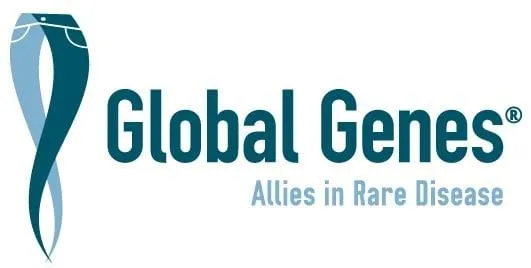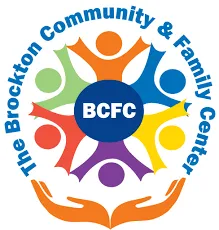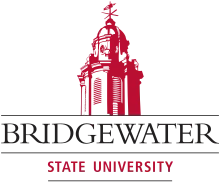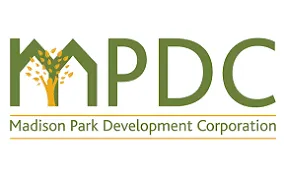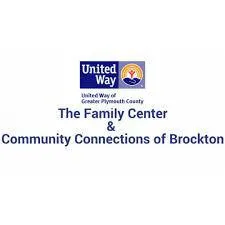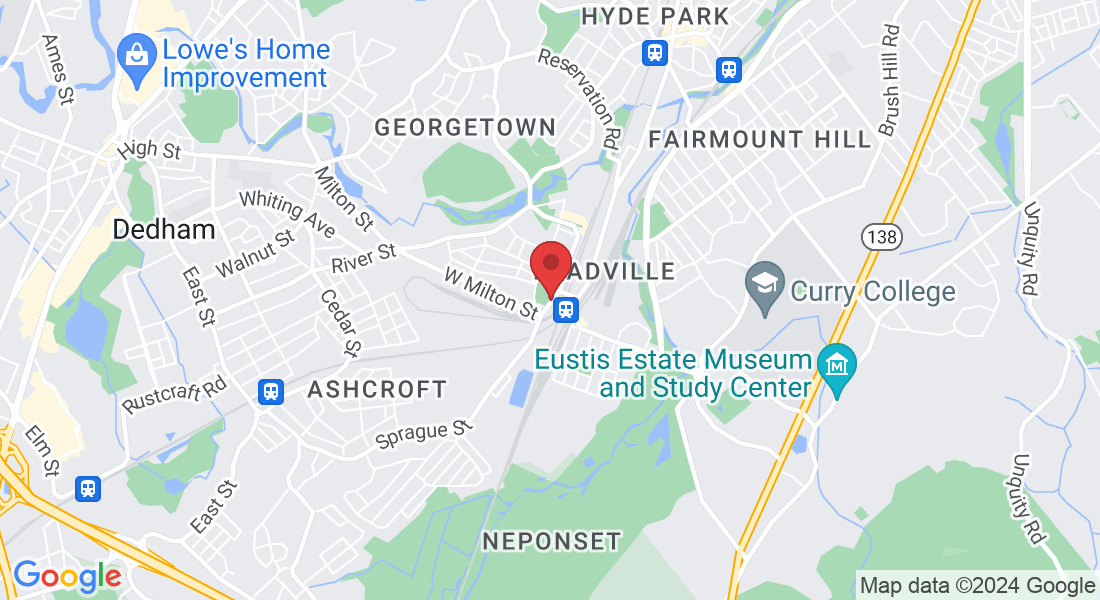Careers
Heart of a Giant Foundation
HGF
Join the HGF Team
Thank you for your interest in a career with us! Although we don’t have any current job openings, we are always on the lookout for talented individuals to join our team.
Please feel free to share your resume and profile with us via the form below, and we’ll keep it on file for future opportunities. When a position matching your skills and experience becomes available, we’ll be sure to reach out to you.
Thank you for considering us as your next career move. We look forward to potentially working with you in the future!
News and Insights
Disclaimer:
The information shared on this page is not intended to replace professional medical advice. Always consult with a healthcare provider for any medical issues.
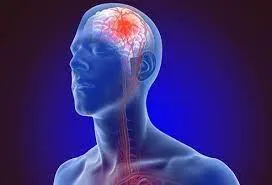
HEALTHY HEARTS WEBINAR SERIES: 02 SIGNS OF A STROKE
Sarah Falcone, RN, and Yesica Santana, RN, discuss the importance of recognizing the signs of stroke, how to reduce your risk of a stroke, identifying if you are having a stroke, and what to do if you are having a stroke—concluded by Q&A with Sarah and Yesica and fellow Heart of a Giant Nurses, Maria and Idongesit. After watching this webinar, you will have a clear understanding of what a stroke is and what to do if you see signs of a stroke. Click here to download the materials from the webinar.
4:39 Introduction to Sarah and Yesica
4:57 Heart of A Giant Foundation’s Mission
5:10 Stroke Facts
5:50 What is a Stroke?
6:43 Ischemic Stroke
7:16 Hemorrhagic Stroke
7:20 Transient Ischemic Attack known as TIA “mini-stroke.”
7:50 Stroke Risk Factors
9:22 Some have a Higher Risk
10:16 The Simple 7 to Reduce your Risk of a Stroke
12:31 Stroke Warning Signs
12:52 F.A.S.T acronym to remember the signs of a stroke
13:11 The Signs of a Stroke
15:27 Other Symptoms of a Stroke
16:25 If you think you are having a stroke
17:03 Steps to take before an Emergency
18:21Q&A
18:41 F.A.S.T acronym, and Does it work for all types of stroke?
47:53 Call to Action to Join the Healthy Hearts Community Program https://heartofagiant.foundation/sign-up-free-for-2hc/
What is a Stroke? (5:50)
A stroke occurs when blood circulation to the brain is affected; either the blood flow is stopped, or, impaired. As a result, the blood can’t get to the part of the brain that it needs to for your brain.
Three types of Strokes
– Ischemic: Blood vessels are blocked by a clot or fatty plaque or burst.
– Hemorrhagic: A brain bleed
– Transient Ischemic Attack (TIA): Mimi-stroke
Factors that can increase your risk (7:50)
Age- The chance of a stroke doubles for each decade of life over age 55
Heredity (Family History)- Higher risk if grandparents, parents, sister, or brother have had a stroke.
Race/Ethnicity- African- Americans have a much higher risk of death from stroke.
Sex- Women have more strokes than men
Prior Stroke, TIA, or Heart Attack- If you’ve had a stroke or heart attack, your risk increases.
The Simple 7 to reduce your risk (10:16)
Get Active
Eat Better
Control Weight
Avoid Smoking
Manage Cholesterol
Maintain Blood Pressure
Control Blood Sugar
Plus, Get regular check-ups and take medicine as prescribed.
Stroke Warning Signs (12:31)
Use F.A.S.T to help see the warning signs
F.A.S.T is an acronym for Face. Arm. Speech. Time
Face Drooping- Does one side of the face droop, or is it numb? Ask the person to smile, and look to see if it is uneven.
Arm Weakness- Is one arm weak? Ask the person to raise both arms. Does one arm drift downward?
Speech Difficulty- Is speech slurred? Is the person unable to speak? Ask the person to repeat a simple sentence like “The sky is blue.” Is the sentence repeated correctly?
Time to Call 9-1-1- If someone shows any of these symptoms, even if the symptoms go away, call 9-1-1 and get them to the hospital immediately. Check the time, so you’ll know when the first symptoms appeared.
Other Symptoms (15:27)
– Sudden numbness or weakness of the leg, arm, or face.
– Sudden confusion or trouble understanding
– Sudden trouble seeing in one or both eyes
– Sudden trouble walking, dizziness, loss of balance, or coordination
– Sudden server headache with no known cause
Call 9-1-1 if someone shows any of these symptoms
If you think you are having a stroke
Get to the hospital right away
Don’t drive yourself (get a neighbor or a family member to drive you)
Get Help F.A.S.T
Four out of five strokes, about 80% can be prevented. So that means they could not have happened.
Resources in this Webinar
https://www.empoweredtoserve.org/en/
https://www.heart.org/en/professional/quality-improvement/hospital-maps
https://www.strokeassociation.org/warningsigns
Learn more about Healthy Hearts Communities “I Am Because We Are.”
https://heartofagiant.foundation/sign-up-free-for-2hc/
Comprehensive healthcare support, education, coaching, and access to digital health technology to patients and their families between doctor’s visits to better health outcomes.
Sign up here for the Healthy Hearts Community. It’s Free
Here are some key moments in the discussion:
10:31 Yesica on routine “I always tell as a coach, as a registered nurse I would say, stay active, get active, get a routine every day. Moving your body is really really beneficial for you to have a routine and keep moving.”
13:22 Yesica on Identifying Signs “Most people would have even side of the face, and you will notice, right. And also, they will be complaining of numbness. And one of the things that you could do is to ask the person, can you smile for me?”
19:00 Yesica “F.A.S.T. It’s actually proven by the American Heart Association (AHA) that it is part of the warning sign, and it can, does save your life.”
19:14 Sarah “ I just wanted to mention that there was a study in the AHA Journal. They studied patients who, I guess, came into the hospital with the fast signs of a suspected stroke. And they found out that a F.A.S.T assessment will give an 88% sensitivity for detecting a stroke. There are some types of stroke that maybe that face arms and speech won’t signal.”
21:19 Idongesit on knowing the signs “mentioned that there are sometimes different presentations in women. So women may have atypical signs such as jaw pain, and may not know until it’s too late.”
24:10 Sarah on stroke severity “Strokes can be very mild, such as the case of the TIA, the trans ischemic attack, or the mini-stroke. Those sometimes may not leave any sequella or symptoms after they resolve on their own.”
24:52 Sarah on stroke severity “You can have a severe stroke that may cause a person not to be able to walk or talk anymore for the rest of their life, or they could have a very sudden stroke that causes the brain to stop. And a patient becomes brain dead or dies. So it could be a wide range of different types of strokes and how serious they depend on the case.”
31:47 Maria on atypical signs of a stroke in Women “One thing that is important for women to know is that if you, all of a sudden, are they’re asleep and you wake up with what we call a Thunderclap headache, an unusual headache. You may have chronic headaches, but one day you wake up with a more severe headache. And it’s like the worst headache of your life. That’s a 9 1 1 because you may not have any other symptoms, but that can be a big sign for stroke.”
32:55 Sarah, on an atypical case of a women patient, “I had a lady. Who thought her glasses prescription was wrong. She had a sudden change in vision, but she thought, oh, it’s just time for me to get my eyes checked. I haven’t had my eyes checked in a long while, so she put it off another month or so. And by the time she went to the doctor and they looked at her eyes, the eye doctor, they came out and said, ma’am, I’m sorry, you need to go to the hospital right now. There’s been. Something we can see something’s blown out in your eye, and you need to get a brain scan right now. So that’s an example, a real-life example. If you can see across the room one day and tomorrow you can’t, call your doctor.”
39:11 Maria’s personal story “My husband had a stroke, and he had numbness in his right leg for quite a while. And he the most motive motivated person. I know. And he not only went to rehab, but when he came home, he did his own. Own therapy, own rehab, and now he’s fully functioning, and back to work. So again, as Sarah said, it always depends on the person and how hard they’re going to work. Somethings you can’t get back depending on where the stroke is.”
Testimonials
The Heart of a Giant Foundation, Inc. is a 501(c)(3) nonprofit organization, EIN 84-2900386. Donations are tax-deductible.
